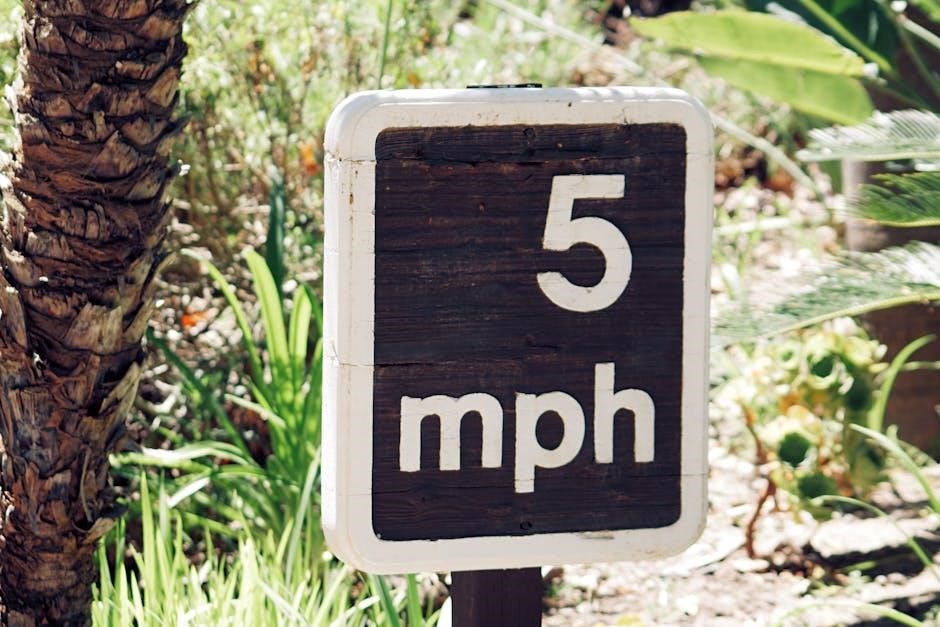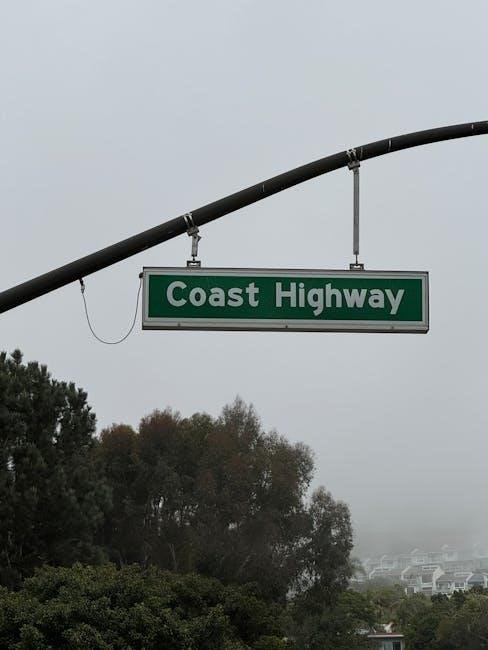Southern California has a unique climate with 270 days between last and first frost dates, making it ideal for growing vegetables, with regionally adapted organic seeds available for home gardeners everywhere always․
Understanding the Climate
Southern California’s climate is characterized by its mild winters and hot summers, with an average of 270 days between the last and first frost dates․ This unique climate makes it an ideal place for growing a wide variety of vegetables and plants․ The region’s climate is also influenced by its proximity to the ocean, which helps to moderate temperatures and reduce the risk of extreme weather conditions․ Understanding the climate is essential for gardeners in Southern California, as it allows them to plan and prepare for the best times to plant and harvest their crops․ By taking into account the region’s climate, gardeners can make informed decisions about which plants to grow and when to plant them, increasing their chances of success and maximizing their yields․ The climate in Southern California is generally warm and sunny, making it perfect for growing a wide range of plants and vegetables throughout the year․
Importance of Planting at the Right Time
Planting at the right time is crucial for gardeners in Southern California, as it can significantly impact the success of their crops․ The region’s unique climate means that some plants may thrive in the cooler winter months, while others may do better in the warmer summer months․ Planting at the right time allows gardeners to take advantage of the optimal growing conditions for their specific plants, increasing the chances of a healthy and productive harvest․ By planting at the right time, gardeners can also reduce the risk of pests and diseases, which can be more prevalent during certain times of the year․ Additionally, planting at the right time can help gardeners to make the most of the region’s long growing season, allowing them to grow a wide variety of plants and vegetables throughout the year․ This requires careful planning and attention to the specific needs of each plant․

Planting Charts and Calendars
Planting charts and calendars provide valuable guidance for gardeners in Southern California to plan wisely always․
Using Moon Phases for Planting
The practice of using moon phases for planting has been around for centuries, with many gardeners swearing by its effectiveness in Southern California․
The idea is that the moon’s gravitational pull affects the tides and also the water table, which in turn affects plant growth․
By planting during certain phases of the moon, gardeners can supposedly take advantage of the optimal conditions for seed germination and growth․
For example, the new moon phase is said to be ideal for planting seeds that produce fruit above ground, such as tomatoes and cucumbers․
On the other hand, the full moon phase is said to be better for planting seeds that produce fruit below ground, such as carrots and potatoes․
While the science behind this practice is not fully understood, many gardeners in Southern California claim that it has improved their crop yields and overall gardening success․
Using moon phases for planting can be a fun and interesting way to approach gardening, and can be used in conjunction with other planting guides and calendars․
It is worth noting that this practice is not universally accepted and more research is needed to fully understand its effects․
Overall, using moon phases for planting is a unique and intriguing approach to gardening in Southern California․
Regionally Adapted Organic Seeds
Regionally adapted organic seeds are specifically designed to thrive in Southern California’s unique climate․
These seeds are bred to be resistant to the region’s pests and diseases, and to tolerate its hot and dry summers․
They are also adapted to the region’s soil types, which can range from sandy to clay․
By using regionally adapted organic seeds, gardeners in Southern California can reduce their reliance on pesticides and fertilizers, and create a more sustainable and environmentally friendly garden․
Many companies specialize in producing these types of seeds, and they offer a wide variety of vegetables, herbs, and flowers․
Some popular options include tomatoes, peppers, and cucumbers, which are well-suited to the region’s warm and sunny climate․
Regionally adapted organic seeds can be found at local nurseries and gardening stores, and can also be purchased online․
They are a great option for gardeners who want to create a thriving and sustainable garden in Southern California․
Using these seeds can help to ensure a healthy and productive harvest, and can also help to support the local environment․

Vegetable Planting Guide
Gardeners in Southern California can grow a wide variety of vegetables year-round with proper planning and execution always using regionally adapted seeds and techniques․
Recommended Times to Sow Seeds
The recommended times to sow seeds in Southern California vary depending on the type of vegetable and the climate zone․ For example, tomatoes can be planted from March to June, while lettuce can be planted year-round․ The key is to plant seeds at the right time to ensure optimal growth and harvest․ Gardeners can use planting charts and calendars to determine the best time to sow seeds for their specific region․ These charts take into account factors such as frost dates, moon phases, and soil temperature to provide a guide for planting․ By following these guidelines, gardeners can increase their chances of a successful harvest․ Additionally, regionally adapted organic seeds are available for many varieties of vegetables, which can help improve crop yields and reduce the need for pesticides and fertilizers․ Overall, understanding the recommended times to sow seeds is crucial for a successful vegetable garden in Southern California․
Adjusting for Transplant Age
When buying transplants, it’s essential to adjust for the age of the plant to ensure optimal growth․ In Southern California, transplants are typically available in various ages, and gardeners need to consider this when planting․ The age of the transplant can affect the planting schedule, and adjusting for it can make a significant difference in the harvest․ For example, a 1-2 month old transplant can be planted earlier than a younger one, while an older transplant may need to be planted later․ Gardeners can use this information to plan their planting schedule and make the most of their transplant․ By adjusting for transplant age, gardeners can give their plants the best chance to thrive and produce a bountiful harvest․ This simple adjustment can make a significant difference in the success of a vegetable garden in Southern California, and it’s an important factor to consider when planting․ Proper adjustment can lead to healthier plants and better yields․

Planting by Month
Monthly planting guides help gardeners in Southern California plant vegetables and flowers at optimal times always using regionally adapted seeds and techniques everywhere․
Year-Round Planting Opportunities
Southern California’s climate offers numerous year-round planting opportunities for gardeners, with its mild winters and long growing season․ The region’s unique climate allows for multiple harvests of certain crops, making it an ideal location for gardeners who want to grow their own food․ With the right techniques and regionally adapted seeds, gardeners can plant and harvest a variety of crops throughout the year․ This not only provides a continuous supply of fresh produce but also allows gardeners to experiment with different crops and techniques․ The year-round planting opportunities in Southern California also make it an excellent location for gardeners who want to try their hand at growing a wide range of crops, from cool-season crops like broccoli and kale to warm-season crops like tomatoes and peppers․ By taking advantage of the region’s year-round planting opportunities, gardeners can enjoy a bountiful harvest and make the most of their gardening experience․
Considering Frost Dates
Frost dates play a crucial role in determining the best time to plant in Southern California․ The last frost date marks the end of the cold season, while the first frost date signals the beginning of winter․ Gardeners should be aware of these dates to avoid planting sensitive crops that may be damaged by frost․ In Southern California, the frost dates vary by city, with some areas experiencing no frost at all․ For example, Anaheim has no frost dates, while other areas may have last and first frost dates that are several weeks apart․ By considering frost dates, gardeners can plan their planting schedule accordingly, ensuring that their crops have enough time to mature before the first frost․ This is especially important for warm-season crops like tomatoes and peppers, which are sensitive to frost․ By taking frost dates into account, gardeners can minimize the risk of damage to their crops and enjoy a successful harvest․ Proper planning is essential to a thriving garden․